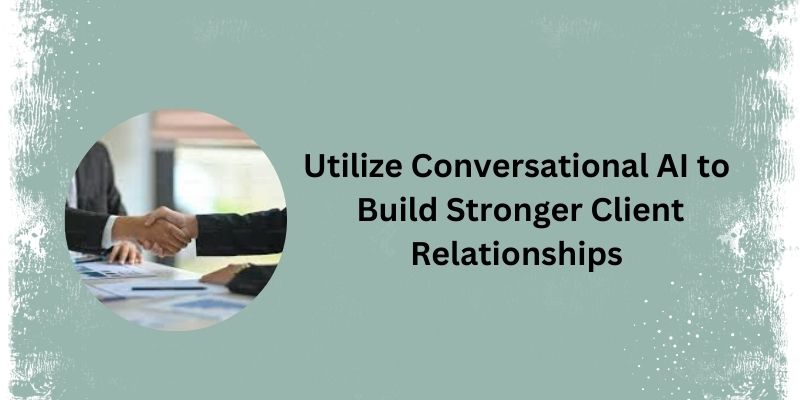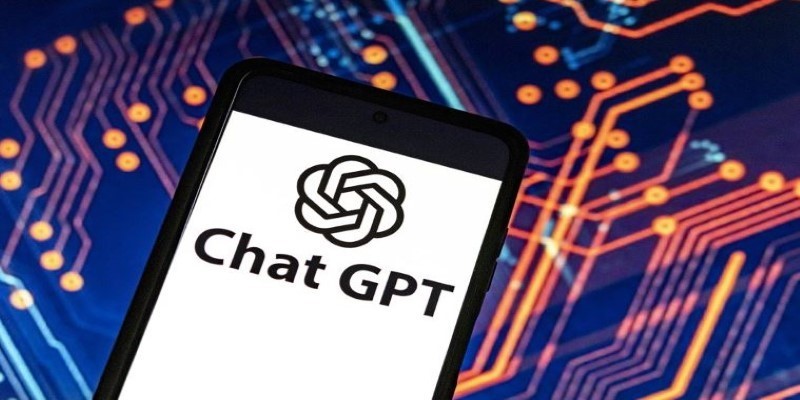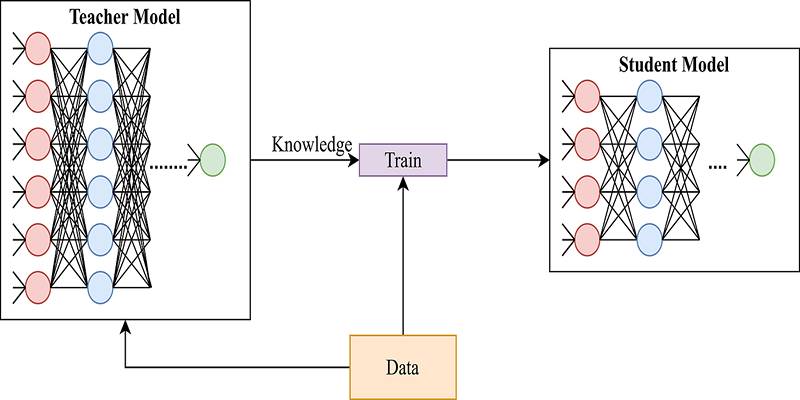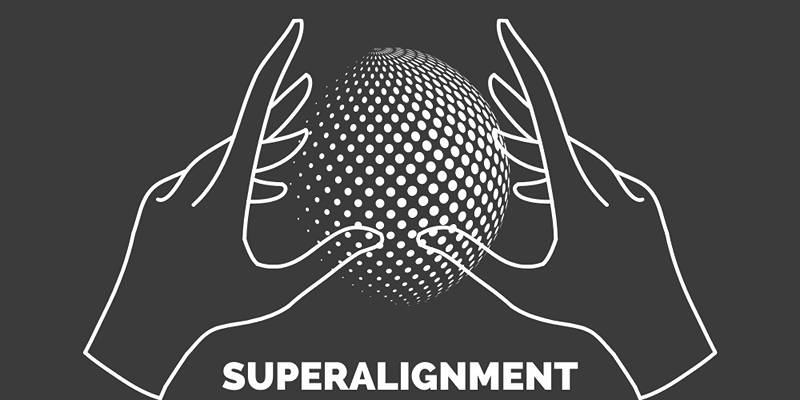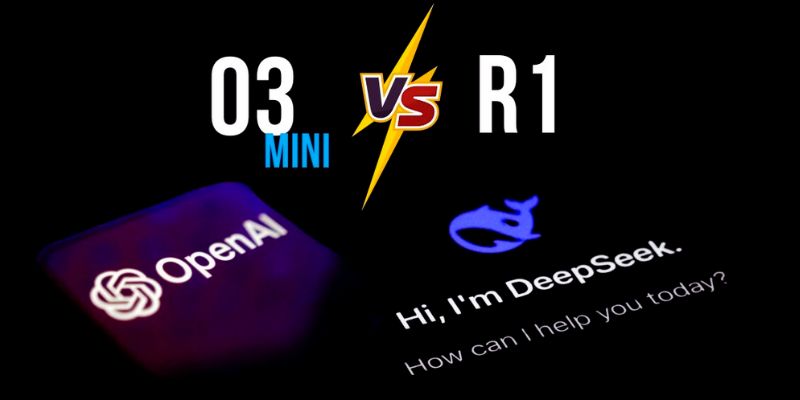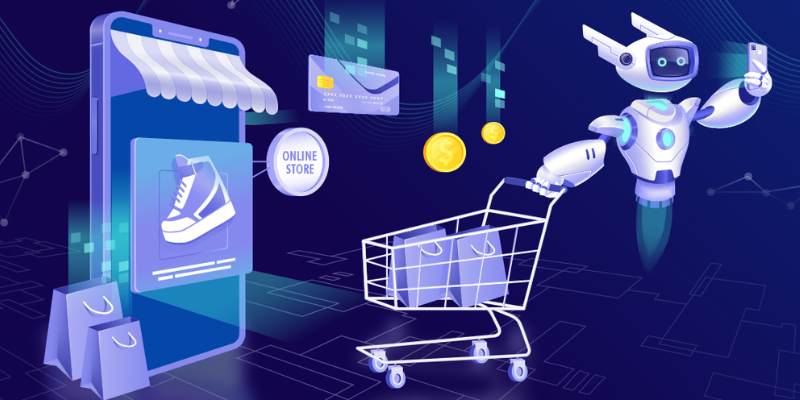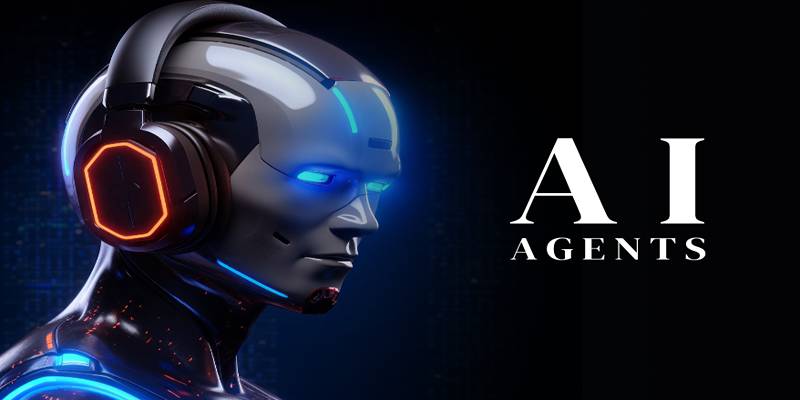In a bold move that has caught the attention of the tech community, xAI—Elon Musk’s artificial intelligence company—has announced that Grok 2, its latest AI model, will be released as open source. This decision has sparked conversations across the AI world, especially among developers, startups, and researchers who have been looking for alternatives to closed-source models like ChatGPT or Gemini.
By releasing Grok 2 as an open source, xAI is opening a wide door for innovation, collaboration, and experimentation. The public will soon be able to access, customize, and contribute to one of the most advanced language models currently in development. This post explains what Grok 2 is, why its open-source release matters, and, most importantly, what can be done with it in practical terms.
What is Grok 2?
Grok 2 is a large language model (LLM) developed by xAI, which is also closely connected to Elon Musk’s social platform, X (formerly Twitter). The Grok models are designed to combine conversational intelligence with up-to-date real-world context, pulling from live social media trends and news feeds.
Grok 2 builds upon its predecessor with improvements in reasoning, humor, coding ability, and real-time information integration. The model has been integrated into the X platform as a premium AI chatbot that delivers both facts and personality in one package. While Grok 2 is still relatively new, it has shown promise as a capable alternative to more established models like ChatGPT, Claude, or Gemini.
Why Is the Open Source Release Important?
The announcement that Grok 2 will become open source isn’t just about free access—it’s a major statement about how AI should be developed and shared. In recent years, several organizations, including Meta (with LLaMA) and Mistral AI, have embraced open-source AI, arguing that transparency leads to safer and more reliable models.
By making Grok 2 publicly available, xAI is promoting:
- Transparency in AI development
- Community-led improvements
- A more level playing field for small teams and startups
- Innovation through public collaboration
The release will likely include the model weights, architecture details, and perhaps some training documentation—offering a full toolkit for AI experimentation.
What Can Developers and Researchers Do with Grok 2?

With Grok 2 becoming open source, the possibilities for developers, AI researchers, and tech enthusiasts are expanding. Here are some of the key uses:
Build Custom Chatbots
One of the most direct uses of Grok 2 is to build domain-specific or personalized chatbots. These bots can be trained or configured to serve unique use cases, such as:
- Customer support for ecommerce stores
- Virtual teaching assistants for schools and universities
- Role-play chatbots for games or entertainment apps
- Health assistants (with safety controls)
Because Grok 2 is expected to be highly customizable, its personality and tone can be reshaped easily.
Fine-tune the Model for Specific Applications
Once the source code and weights are available, developers will be able to retrain Grok 2 on their datasets. It means the model can be adjusted to:
- Understand niche vocabulary (like legal, medical, or financial terms)
- Perform better in specific languages or dialects
- Align responses with brand tone or business values
Fine-tuning is one of the biggest advantages of having full access to a powerful model. It turns a general-purpose tool into a highly specialized assistant.
Run Grok 2 Locally or On Custom Servers
One major benefit of open-source AI is that it allows complete control over how and where the model is hosted. Grok 2 could be run:
- Locally on a developer's machine (with enough hardware)
- On a private cloud or data centre for enterprise-scale deployment
- As part of offline applications where internet access isn’t guaranteed
This flexibility removes the need for third-party APIs, giving teams privacy and performance benefits.
Contribute to a Growing Community
As more open-source models emerge, communities around them grow fast. Developers can take part in forums, contribute code fixes, suggest features, or build tools that enhance the Grok 2 ecosystem.
Potential contributions include:
- User interfaces and chatbot frontends
- Prompt libraries
- Multilingual support patches
- Integrations with other platforms like Discord, Slack, or websites
The model becomes more useful as more people build on top of it.
Use Cases Across Industries
The open-sourcing of Grok 2 has practical value across multiple sectors. Here's how it can be applied:
- Education: Intelligent tutoring systems, language learning bots
- Healthcare: Informational support (non-diagnostic), patient engagement tools
- Retail: Personalized shopping assistants, support bots
- Finance: Automated customer inquiry bots, educational tools on finance
- Entertainment: Interactive story characters, AI-generated scripts and jokes
When adapted thoughtfully, Grok 2 can reduce costs, improve service delivery, and enable smarter automation.
Getting Started with Grok 2 (Once Available)

While the model is not yet released, it’s helpful to plan. Developers who want to work with Grok 2 should prepare by:
- Following xAI’s updates on GitHub and X.com
- Learning tools like Python, PyTorch, or JAX (commonly used for AI models)
- Preparing datasets for fine-tuning or testing
- Setting up a machine or cloud environment with enough GPU memory
Once Grok 2 is released, these steps will speed up the setup process and reduce confusion.
Considerations Before Deployment
While the benefits of open-source AI are massive, there are also things to consider:
- Hardware requirements: Running Grok 2 may require high-end GPUs
- Ethical responsibilities: Misuse of AI for misinformation or harm must be avoided
- Maintenance: Models need updates and monitoring to stay useful and safe
Open access doesn’t mean easy use for everyone. It requires knowledge, planning, and care.
Conclusion
Grok 2 going open source marks a turning point in the evolution of conversational AI. It combines advanced capability with public access, allowing developers and organizations to build, learn, and contribute in ways that were previously limited to large tech firms. As the AI world watches closely, one thing is clear: this is not just a release—it’s an invitation. An invitation to explore, to build, and to shape the future of AI.

